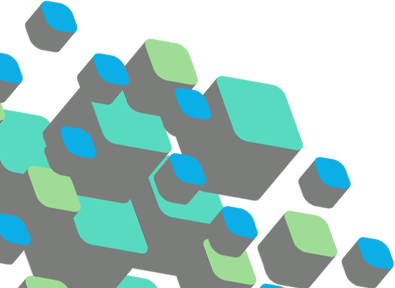The delineation between augmented reality (AR) and virtual reality (VR) is not always clear. Simply put, the difference lies in the degree to which the individual user is immersed in the virtual environment. For instance, Google Cardboard, a pair of cardboard glasses that convert smartphone images shared on VR apps into immersive environments, is a VR tool. The Center for Applied Second Language Studies (CASLS) recently did a workshop with teachers in July to test virtual reality out for themselves using Google Cardboard:
https://www.instagram.com/p/BH4x4r9Dp7t/?taken-by=casls_nflrc&hl=en
In addition, a game like Pokémon Go! in which learners are able to capture pictures of the digital Pokémon that they find inhabiting the real world, is an AR tool. Instead of completely replacing reality with a virtual realm as in VR, learners are able to interact in the real world in a new way given the digital enhancements of the tool. For example, in Pokémon Go! users are able to take pictures of themselves in-game with the Pokémon that appears at your location:

There are definite applications of VR tools and AR tools in the world language classroom. Since VR technology is not yet ubiquitous nor at the level that users are empowered to use their creative capacities within the VR realm without restraint, the intentional, sustained implementation of VR in the world language classroom may be difficult for practitioners. However, a variety of free platforms exist in which AR can enhance the world language experience. The following list offers some suggestions:
- Learners can use Google Maps to create a geotagged map of authentic restaurants that serve food from the target-language culture within their communities.
- Learners can build a game using ARIS, an easy-to-use programing platform, in which users have to visit certain areas in the community in order to progress in the game.
- Learners can create a walking tour in which they describe the historical significance of various locations in the community in the target language. Each location can feature a QR code for users to scan to access a video that the learners created to share that information.
- Learners can us Aurasma, Hewlitt-Packard’s AR tool, to select target images that provide historical or etymological information about targeted vocabulary.
- Learners can complete targeted tasks while playing AR mobile games such as Pokémon Go! or Ingress
For more information regarding the distinction between AR and VR technologies, check out http://www.augment.com/blog/virtual-reality-vs-augmented-reality/. Also, check out some of our ready-made Ingress activities at https://games2teach.uoregon.edu/download/classroom-activities/!
– Stephanie Knight




Great
Thanks, it was perfect
We are thrilled that you think so highly of our article. Thank you.
It’s nearly impossible to find well-informed people about this subject, however, you seem like you
know what you’re talking about! Thanks
Thank you for the kind words! We are very happy that you feel our content is useful. All of our resources are empirically supported and combine best practices with cutting edge research!